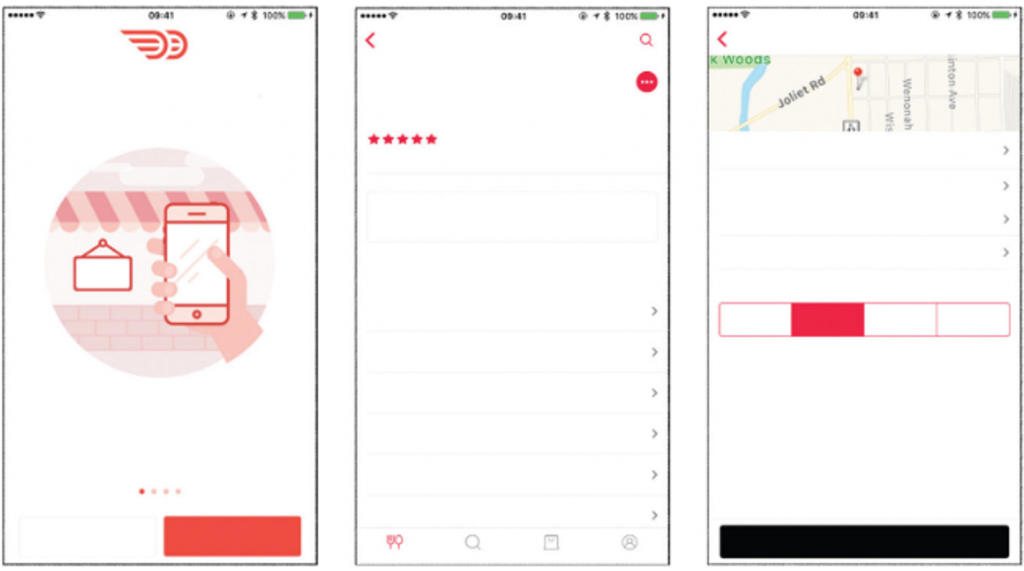 Sabine Ocker, Comtech Services
Sabine Ocker, Comtech Services
April 1, 2020
As we continue to shift from features and functions to a more unified product user experience, more technical writers and user experience teams are partnering closely together.
Everything that involves people interacting with something is a part of the user experience, and much of that experience starts with reading. We do a lot of telling users what we want them to do. Click here. View this. Buy now. Do this task.
Therefore, reading is also a part of UX. The best product experiences are those where technical writers are engaged early in the design process, and able to positively influence the resulting product design, including content in the following ways:
- When instructions aren’t clear, writers can be the first to identify usability issues, long before the product gets to user testing.
- Writers see the big picture of content across numerous product lines because writers usually engage with multiple development teams. This puts them in an excellent position to ensure:
- All content complies with corporate style and branding.
- UI labels and field names are consistent and clear—so users can correctly understand their purpose.
- Error messages are helpful and implemented, in the same way, each time.
- In-product help appears where users will need it and at the right level of granularity.
- Since writers learn how something works so they can document it, they can help UX determine whether the user will understand complicated procedures.
- Writers will guarantee that spelling and language usage are correct.
Furthermore, there are other areas where UX and information developers can collaboratively work together:
- Including real content in wireframes and prototypes instead of “Lorem Ipsum.”
- Ensuring text is as simple as possible.
- Making sure the content and the user interface are well integrated.
- Answering essential questions such as:
- How can we make the UI more intuitive so that it won’t require any documentation at all?
- Do workflows represent all the primary user audience’s needs and desired outcomes? Are they logical?
- Is the documentation properly minimalistic, and structured for maximum scanability? Are we documenting only what is needed?
- Does the product design address all the user requirements?
- Continuing to iterate initial designs based on a shared understanding and user testing to clarify, simplify, and align more closely with user needs.
If you aren’t convinced that content contributes more to a good product experience, look at these examples of popular websites with and without words. This example is from Mig Reyes’s blog, Reminder: Design is Still About Words.
Without the content, it is difficult to determine what is the user story for each of these mobile sites, much less know what the user is expected to do.

Now look at these same mobile sites with content, see how much the words shape the experience.

Information Development + User Experience = a winning product experience.
To paraphrase a line from the musical Oklahoma, “O the writer and the designer should be friends!”
